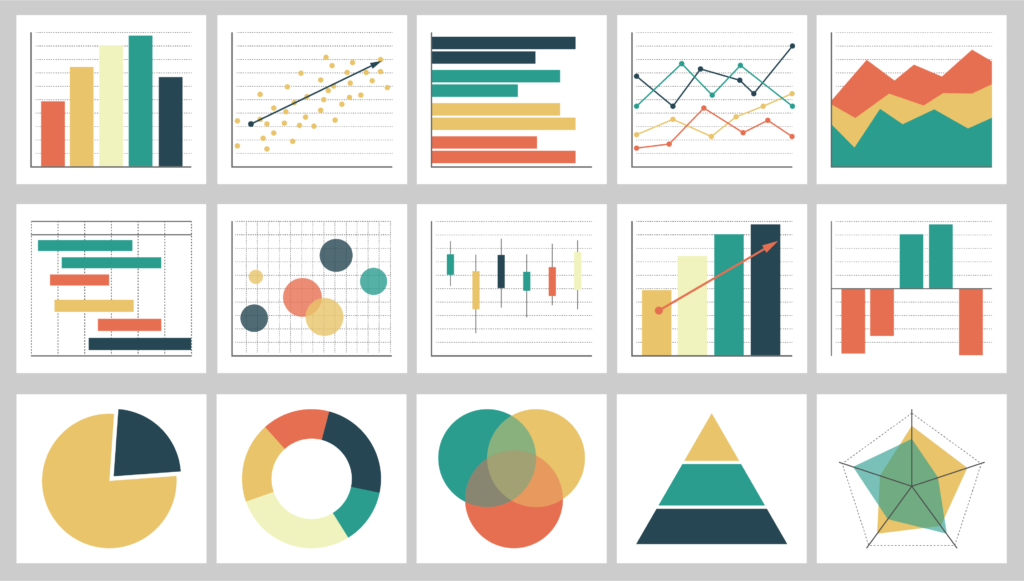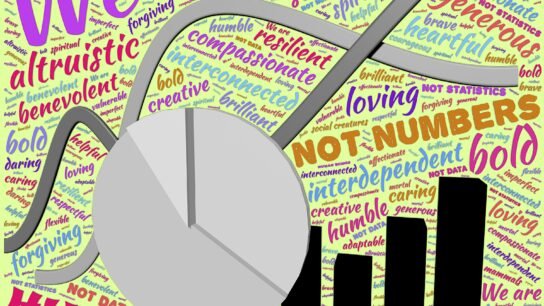Statistics plays a pivotal role in the realms of business and economics, providing valuable insights for decision-making, forecasting, and risk management. Whether analyzing market trends, evaluating financial performance, or optimizing operations, a solid understanding of statistical principles is essential. This guide aims to equip you with the knowledge and skills needed to master statistics in the context of business and economics.
KEY HIGHLIGHTS
- Statistics are used in market research to analyze consumer behavior, segment markets, forecast demand, and assess the effectiveness of marketing strategies.
- Statistics are employed to analyze financial data, evaluate investment opportunities, forecast economic indicators, and assess the financial performance of businesses.
- Statistics play a crucial role in optimizing operations by analyzing process data, identifying bottlenecks, improving efficiency, and reducing costs
- Statistics help businesses and economists assess and manage risks by analyzing historical data, identifying potential risks, estimating probabilities of adverse events
Importance of Statistics in Business and Economics
Statistics serves as a powerful tool for extracting meaning from data, enabling businesses and economists to make informed decisions based on empirical evidence and quantitative analysis. From identifying market trends to assessing financial risks, statistics underpins various aspects of business and economic decision-making processes.
Key Concepts in Statistics
3.1 Descriptive Statistics
Descriptive statistics involve summarizing and interpreting data through measures of central tendency, variability, and distribution, providing insights into the characteristics of a dataset.
3.2 Inferential Statistics
Inferential statistics allow for drawing conclusions and making predictions about populations based on sample data, using techniques such as hypothesis testing and confidence intervals.
3.3 Probability Theory
Probability theory quantifies uncertainty and randomness, providing a foundation for understanding and predicting outcomes in business and economic contexts.
3.4 Hypothesis Testing
Hypothesis testing involves assessing the validity of assumptions or hypotheses about a population parameter based on sample data, helping to make data-driven decisions and draw meaningful conclusions.
Applications of Statistics in Business and Economics
4.1 Market Research and Analysis
Statistics are used in market research to analyze consumer behavior, segment markets, forecast demand, and assess the effectiveness of marketing strategies.
4.2 Financial Analysis and Forecasting
In economics, statistics are employed to analyze financial data, evaluate investment opportunities, forecast economic indicators, and assess the financial performance of businesses.
4.3 Operations Management
Statistics play a crucial role in optimizing operations by analyzing process data, identifying bottlenecks, improving efficiency, and reducing costs in manufacturing, supply chain management, and service industries.
4.4 Risk Assessment and Management
Statistics help businesses and economists assess and manage risks by analyzing historical data, identifying potential risks, estimating probabilities of adverse events, and developing risk mitigation strategies.
Statistical Tools and Techniques
5.1 Regression Analysis
Regression analysis is used to model relationships between variables, predict outcomes, and identify factors influencing business and economic phenomena.
5.2 Time Series Analysis
Time series analysis involves analyzing time-ordered data to identify trends, seasonality, and patterns, aiding in forecasting future values and making informed decisions.
5.3 Sampling Methods
Sampling methods are used to select representative samples from populations, allowing for efficient data collection and generalization of findings to larger populations.
5.4 Data Visualization Techniques
Data visualization techniques help communicate complex statistical findings effectively through charts, graphs, and dashboards, enhancing understanding and decision-making.

Challenges and Considerations
6.1 Data Quality and Integrity
Ensuring data quality and integrity is paramount in statistical analysis, requiring careful data collection, cleaning, validation, and documentation to minimize errors and biases.
6.2 Ethical Considerations
Ethical considerations, such as privacy, confidentiality, and fairness, must be addressed in statistical analysis to uphold professional standards and safeguard stakeholders’ interests.
6.3 Interpreting Statistical Results
Interpreting statistical results requires critical thinking and contextual understanding to draw meaningful conclusions, avoid misinterpretations, and make informed decisions.
Resources for Learning Statistics
Explore online courses, textbooks, tutorials, and software tools for learning statistics, including platforms such as Coursera, Khan Academy, and RStudio, to enhance your statistical knowledge and skills.
Frequently Asked Questions
Statistics provides valuable insights for decision-making, forecasting, and risk management in business and economics, enabling data-driven decision-making and informed strategic planning.
Key statistical concepts include descriptive statistics, inferential statistics, probability theory, and hypothesis testing, which are applied in analyzing data, making predictions, and drawing conclusions.
Statistics are used in market research to analyze consumer behavior, segment markets, and assess the effectiveness of marketing strategies. In financial analysis, statistics are employed to evaluate investment opportunities, forecast economic indicators, and assess financial performance.
Common statistical tools and techniques include regression analysis, time series analysis, sampling methods, and data visualization techniques, which help analyze data, model relationships, and communicate findings effectively.





